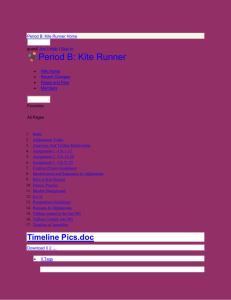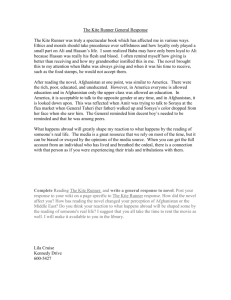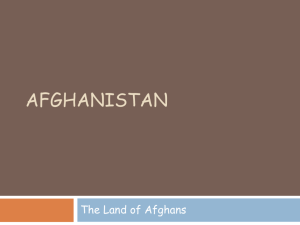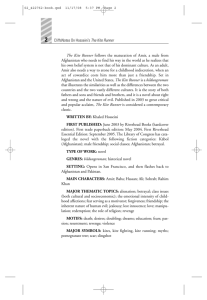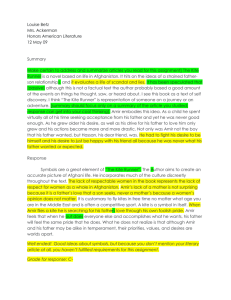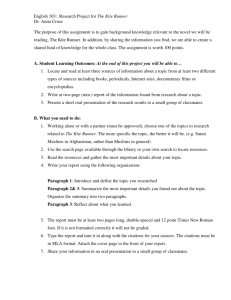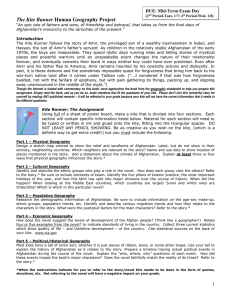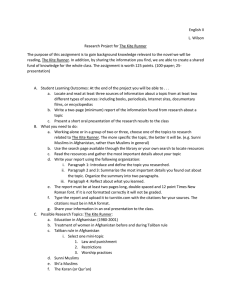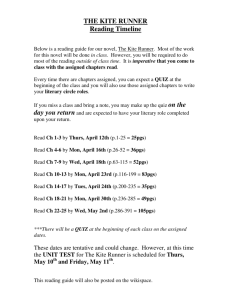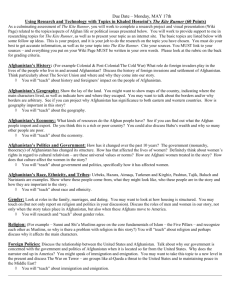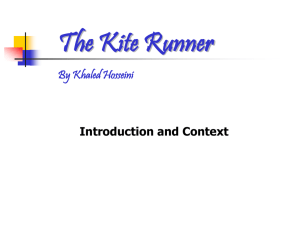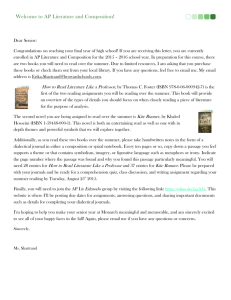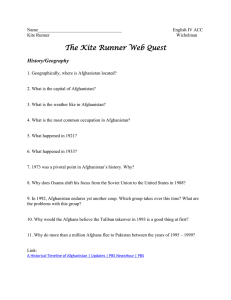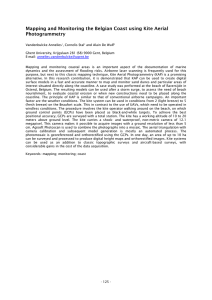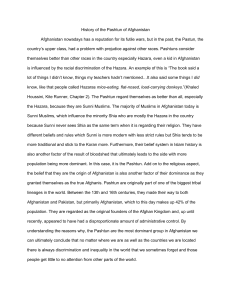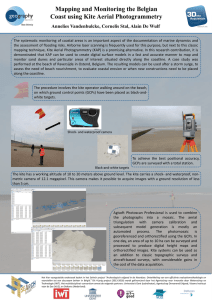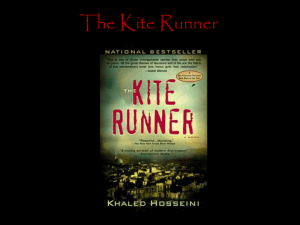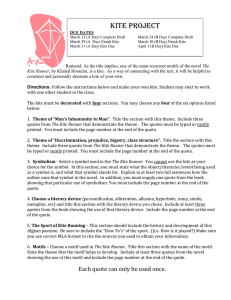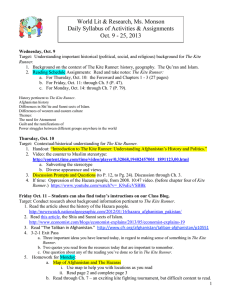Kite Runner - Edublogs @ Macomb ISD
advertisement
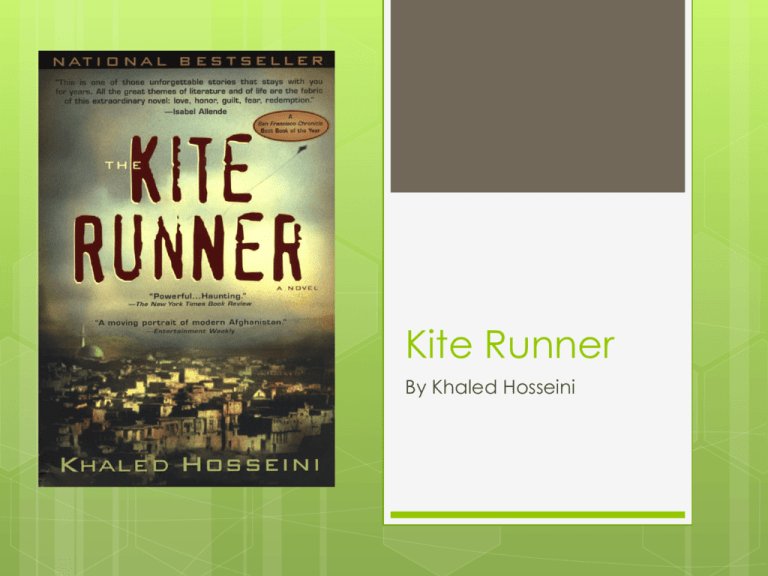
Kite Runner By Khaled Hosseini Setting Kabul, Afghanistan Late 1970s-Early 1980s Fremont, California 1980s-Early 2000s Historical Background The nation of Afghanistan emerged in 1747. Monarchy was established. Hist. Background Cont. By the twentieth century, Afghanistan attempted to become a more “modern” nation to strengthen its position in the world. Hist. Background Cont. The Cold War United States vs. Soviet Union Democracy vs. Communism Hist. Background Cont. The Taliban Origins Political reforms Social reforms Opposition September 11, 2001 Regional Conflicts Political Ethnic Religious Islam Muhammad Qu’ran (Koran) Allah Religions book of the Divisions of Islam Ethnic Diversity Pashtun Majority Sunni Middle Eastern attributes Upper class Hazara Minority Shia Mongolian attributes “Servant” class The Kite Runner: Title’s Significance Kite Fighting Kite Running Introduction to the Novel Synopsis A story of strained family relationships between a father and son as well as two “brothers” and how they weather the political and social transformation of Afghanistan from the 1970s-2001. Characters Amir, the narrator and protagonist Baba Ali Hassan Rahim Assef Khan Style Coming-of-Age Novel Physical growth Psychological growth Moral growth Literary Devices Flashback Foreshadowing Interior Monologue Imagery Motifs (Rape & Irony) Symbolism Themes Symbolism Kites Books The lamb The cleft lip Themes Identity and self-discovery Guilt and redemption Father and son relationships Influence of political events on personal lives Persistence of the past Personal honor Abuse of power Assimilation and acculturation
